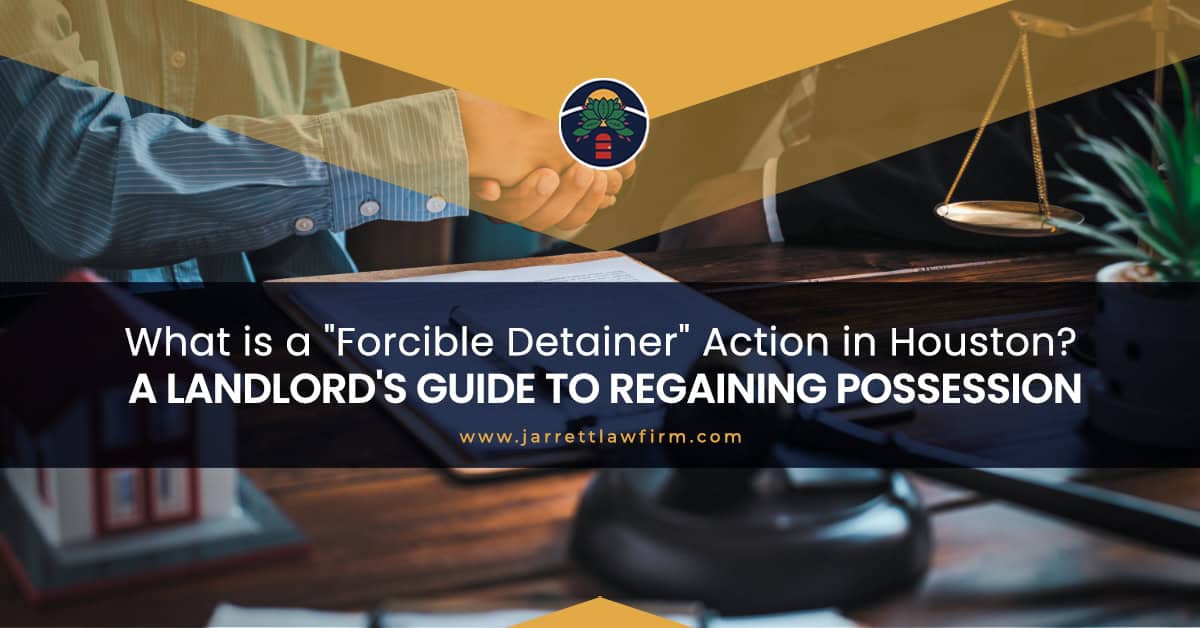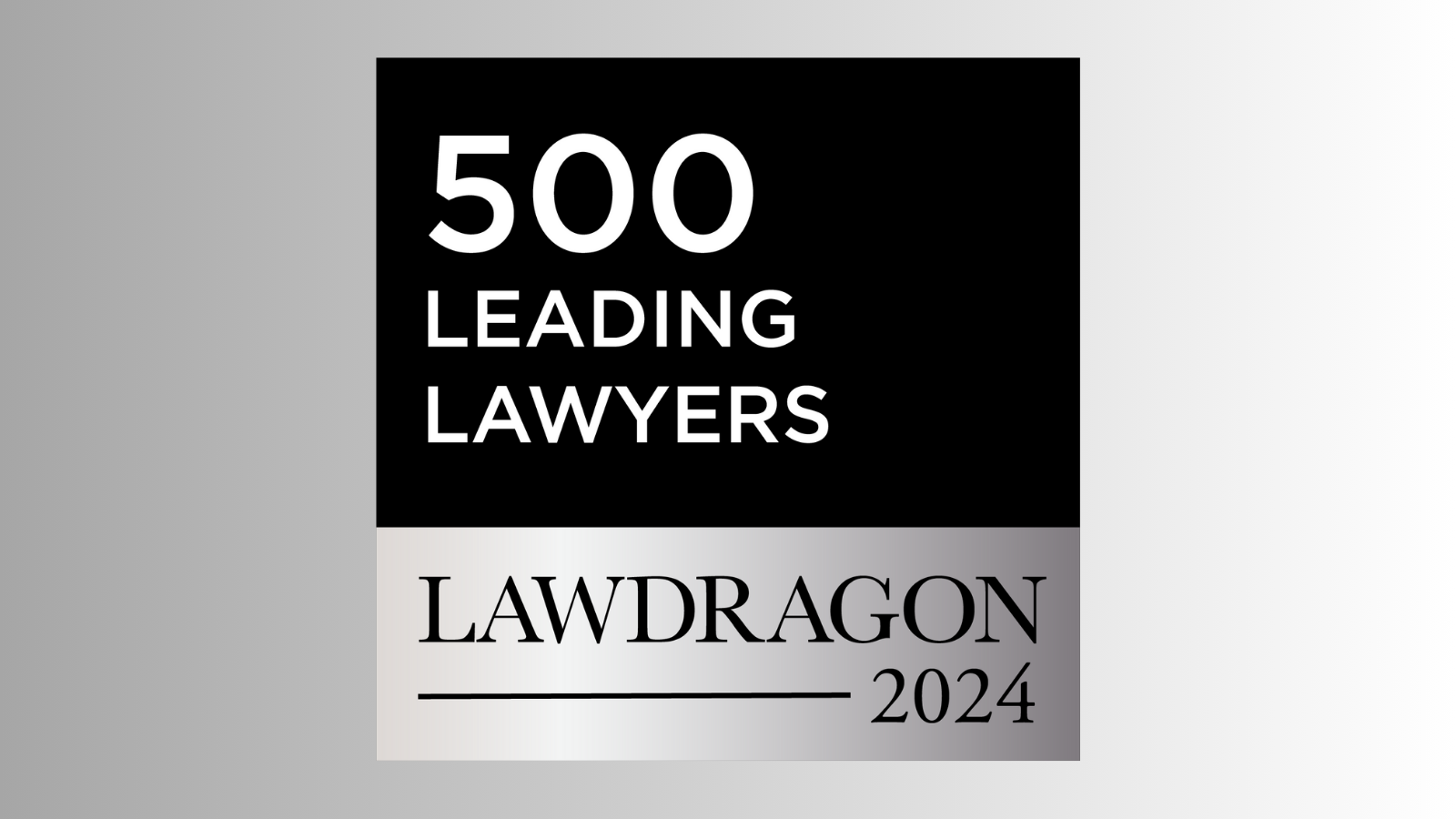Washington L&I issues new rules for voluntary use of PPE – Technologist
The Washington Department of Labor & Industries (L&I) has adopted three new permanent rules allowing employees who aren’t required to wear personal protective equipment (PPE) to voluntarily use PPE to protect themselves from noise, dust, or possible infectious or contagious diseases. PPE includes items such as “face masks, filtering-facepiece respirators, goggles, helmets, head covers, gloves, rubber slickers, disposable coveralls, and safety shoes.” These rules take effect October 1, 2024.
All three new rules have the same requirements and almost identical language, but apply to different industries: safety standards for construction work (WAC 296-155-249), safety standards for agriculture (WAC 296-307-10030), and safety and health core rules (WAC 296-800-16080). These rules were modeled after Washington’s existing law on voluntary PPE during a public health emergency (RCW 49.17.485).
The new rules don’t require employers to purchase, store, maintain, or provide PPE for voluntary use by employees. The voluntary use of PPE must not create a hazard in the workplace or interfere with an employer’s security requirements. Employers are allowed to verify that a worker’s voluntary use of PPE meets all regulatory requirements for workplace health and safety. Employers aren’t required to allow voluntary use of respirators other than filtering-facepiece respirators, and the existing voluntary respirator requirements still apply (see WAC 296-842-11005, 296-842-11010, and 296-307-59810). The new rules don’t apply to situations covered by existing rules on required PPE (where an employer allows an employee to bring their own required PPE rather than using the employer-provided PPE).
Tips: Review your safety policies to be sure they allow employees to voluntarily use PPE in compliance with these rules and require employees to notify their manager of any PPE they will be using. We will be updating our Model Form, Respirators: Requirements for Voluntary Use, to reflect these new rules. In the meantime, contact your Vigilant safety professional with any questions.


